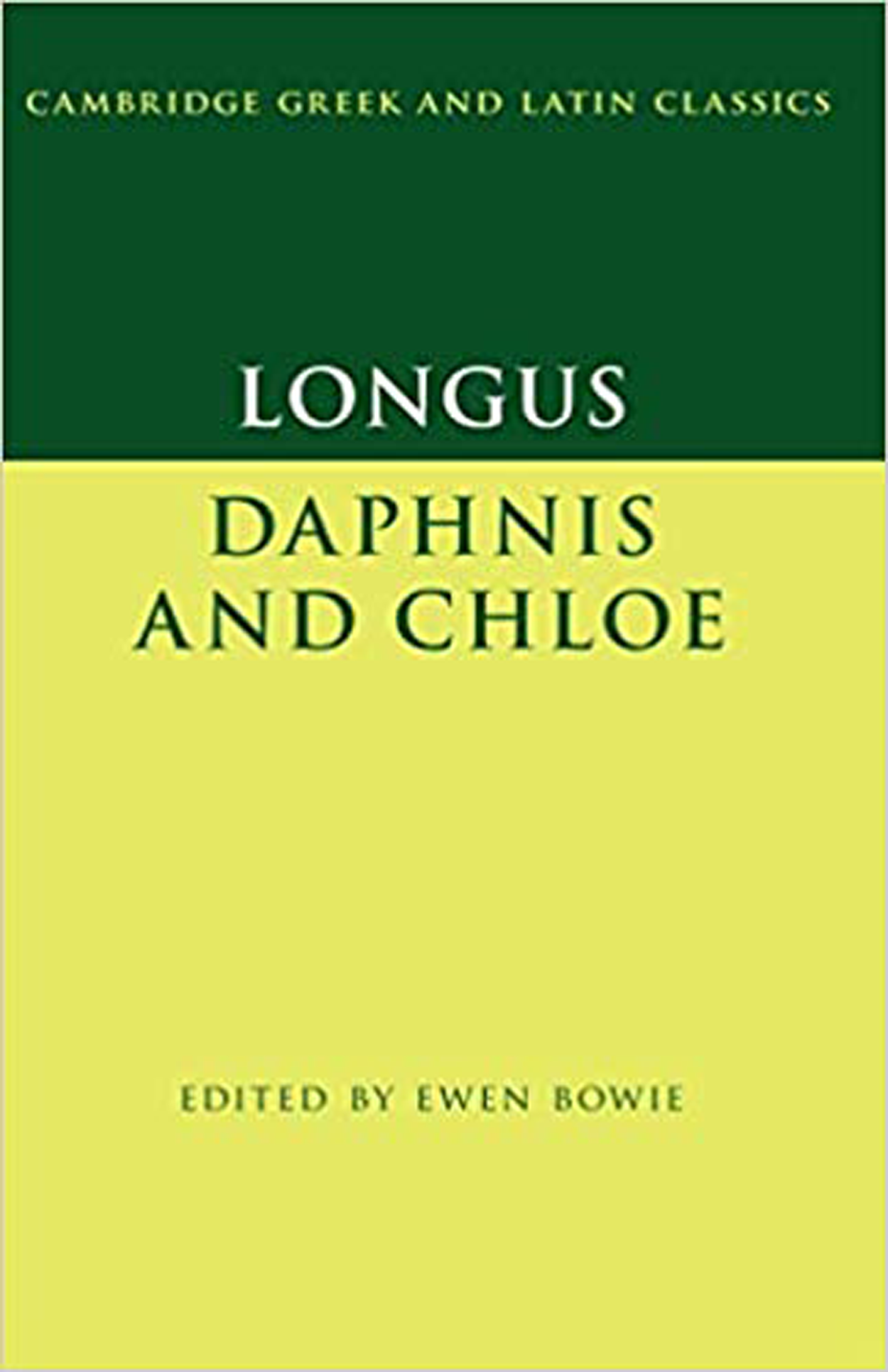
Bowie's commentary on an old favourite - Longus’ Daphnis and Chloe - is preoccupied with the language of Longus, and the style of his writing in relation to other prominent novelists of the Roman imperial period. Without being too meta, Bowie's work does well to educate an audience about to enter a text that is preoccupied with education and new experience.
The introduction to the text briefly discusses a range of key, ‘need to know’ themes in the novel, but with an artful brevity that many commentaries can often lack. The discussions of religion, city and country and art and nature compartmentalise and situate many of the textual references that are discussed throughout the commentary, and provide an opportunity for a new reader to enter the text with anchors upon which to situate a new translation.
Bowie's discussion of the manuscript is useful, concise and to the point. The textual background focuses predominantly on Daphnis and Chloe's position as a unique text within an already distinctive genre, but does try to give a whistle-stop tour of the plot in a single sentence almost as complex as the novel itself.
He highlights and signposts key poetic intertexts within the novel and the bucolic motif that interweaves and underpins the individuality of this tale. The discussion of Longus’ plethora of poetic intertexts is a whistle-stop tour from epigram to tragedy, without compromising on his examination on much the text evokes and he celebrates Theocritan idyll and Sapphic desire.
The commentary is in equal part rich with linguistic knowledge as well as stylistic interpretation. There is enough translation aid within the commentary to set a small section of the text as an unseen, with ample grammatical scaffolding.
This commentary is relevant, timely and - above all - useful, and would be a beneficial and purposeful education text to give a broad overview and taste for the story for someone new to the text. As an educational text, there is enough useful background and explanation for someone entering the text for both a close, textual read, or to make a thematic comparison to other works. But as Bowie himself emphasises, this commentary is intended as an examination of language, so, in that view, certainly provides more use as a close reader rather than a thematic overview.


